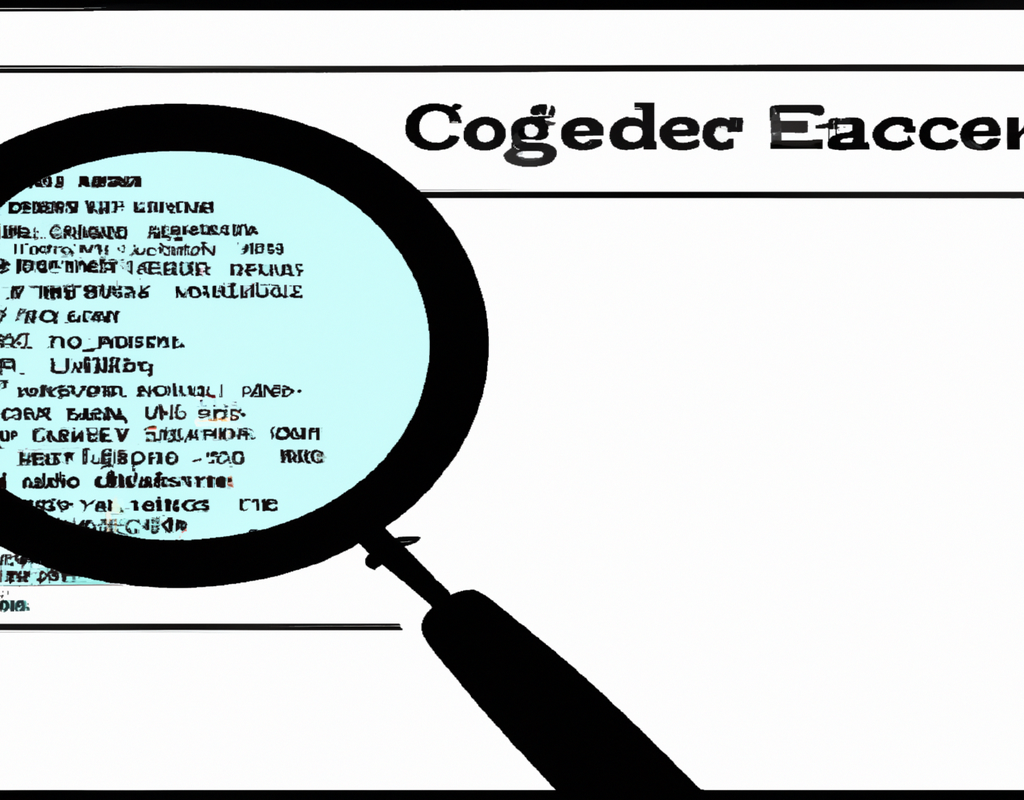Introduction
Data scraping, also known as web scraping or data harvesting, is the automated process of extracting valuable information from various online sources. By utilizing software tools or scripts, data scraping retrieves specific data points such as text, images, prices, or contact information from websites, databases, APIs, or documents. In today’s digital world, data scraping plays a crucial role in gathering and analyzing large volumes of data that would be impractical or time-consuming to collect manually.
What is Data Scraping?
Data scraping involves extracting targeted data elements from websites or other online sources using automated tools or scripts. It differs from data crawling, which involves systematically browsing and indexing web pages. For example, data scraping can be used to collect product details, customer ratings, or news articles from different websites. It enables the collection of valuable information for analysis and decision-making.
How Does Data Scraping Work?
Data scraping follows a step-by-step process and utilizes various tools and techniques. The typical workflow includes:
- Identifying the target website or online source for data extraction.
- Analyzing the website’s structure to determine the specific data elements to extract.
- Developing or utilizing existing software tools or scripts to automate the data extraction process.
- Sending HTTP requests to the target website and retrieving the HTML or XML content.
- Parsing the content to extract the desired data elements using techniques like regular expressions or HTML parsing libraries.
- Storing the extracted data in a structured format, such as a spreadsheet or database, for further analysis or use.
Data scraping often involves the use of web crawlers or bots that simulate human browsing behavior. These tools navigate through websites, follow links, and extract data from multiple pages. Web scraping frameworks and libraries like BeautifulSoup and Scrapy provide developers with powerful tools to facilitate the data scraping process.
Types of Data Scraping
Data scraping encompasses various techniques, each suited for different purposes. Common types include:
- Web scraping: Extracting data from websites by parsing HTML or XML content.
- Screen scraping: Capturing data from the display output of an application, often used for legacy systems or software without available APIs.
- Social media scraping: Gathering data from social media platforms, such as extracting posts, comments, or user profiles.
- Email scraping: Extracting email addresses from websites or documents for marketing or contact purposes.
Each type of data scraping has its own use cases and benefits, depending on specific data requirements and sources.
Benefits of Data Scraping
Data scraping offers several advantages, including:
- Time-saving and efficiency: Automating the data extraction process saves time and resources compared to manual methods.
- Cost-effectiveness: Data scraping eliminates the need for manual data entry or purchasing expensive datasets, reducing costs.
- Access to vast amounts of data: Data scraping allows access to a wide range of data sources, enabling comprehensive analysis and insights.
- Competitive advantage: By gathering data on competitors, market trends, or customer behavior, businesses can make informed decisions and gain a competitive edge.
Potential Risks and Challenges
While data scraping provides numerous benefits, it also presents potential risks and challenges. These include:
- Legal implications: Some websites may have terms of service or legal restrictions against unauthorized data scraping. Compliance with relevant laws and regulations is crucial.
- Ethical considerations: Data scraping raises ethical concerns, such as respecting user privacy, obtaining necessary consent, and using the data responsibly.
- Technical challenges: Data scraping may encounter issues like CAPTCHAs, dynamic website content, or anti-scraping measures. Overcoming these challenges often requires techniques like IP rotation, using proxies, or employing machine learning algorithms.
Industries and Use Cases for Data Scraping
Data scraping finds applications in various industries and use cases, including:
- E-commerce and retail: Scraping product information, pricing data, and customer reviews to monitor competitors and adjust pricing strategies.
- Market research and analysis: Gathering data on consumer behavior, market trends, and competitor analysis for informed business decisions.
- Lead generation: Extracting contact information from websites or social media platforms to generate sales leads.
- Job market data: Scraping job boards or company websites to gather job listings and analyze employment trends.
- Real estate: Extracting property listings, prices, and location data for real estate market analysis or property research.
Tools and Technologies for Data Scraping
Several popular tools and software are available for data scraping, including:
- BeautifulSoup: A Python library for parsing HTML and XML content.
- Scrapy: A Python framework for building web spiders and crawling websites.
- Octoparse: A visual web scraping tool that simplifies the scraping process without coding.
- Selenium: A web testing framework that can be used for scraping dynamic websites.
- Import.io: A platform that allows users to scrape data from websites without coding.
When selecting a data scraping tool, consider specific requirements, complexity of the task, desired automation level, and available budget. Both free and paid options exist, with paid tools often offering advanced features and support.
In conclusion, data scraping is a valuable technique for extracting information from online sources. It plays a vital role in today’s digital world, enabling businesses to gather insights, make informed decisions, and gain a competitive edge. However, it is essential to navigate legal and ethical considerations while overcoming technical challenges to ensure responsible and effective data scraping practices.


